Nuclear Reactor Cooling Towers | Building Demolition | BlowDown | Free Documentary
Nuclear Reactor Cooling Towers Demolition:
Blowdown is an explosive four-part building demolition series profiling some of the most challenging projects of Controlled Demolition Inc. of Phoenix, Maryland. Each of the structures, some notable, others notorious is unique and presents the team with challenges ranging from the structural to the
explosive and bureaucratic. In episode one, the team from CDI travels to Sellafield, England to take down four outdated cooling towers on the site of the world’s first commercial nuclear
reactor. Sellafield has a long history of nuclear incidents and mishaps dating back to the infamous Windscale Fire in 1957. Sellafield now stores and treats nuclear waste and is home to 90% of Britain’s industrial radioactivity. The tension is increased by the fact that explosives have never been used on an active nuclear site in the United Kingdom before and it has taken four years to overcome the bureaucratic hurdles. The subjects of the film are four nuclear cooling towers. Each one is 88 m high and has an estimated mass of 5,200 tons. Of particular concern is the fact that the towers are only 40 meters away from a nuclear fuel handling plant. There has been a steady deterioration of the towers and there is the concern of an inadvertent collapse. Explosive demolition has been determined to be the safest and most cost-effective means of removing the towers.
Each of the towers will be loaded with three sets of explosives. The first set will be in the legs of the towers, encircling 60% of the circumference. The second set will be set in a predrilled band around the same 60% approximately 20 m up. Charges will also be loaded into 3 vertical slots about 10 meters high which should cause the concrete shells of the towers to deform, rotate, and collapse within the drop zone.
With just 10 days to load all four towers, the team struggles to safely load and rig more than 4,500 charges and time the explosions to minimize the risks to the surrounding site. The team must evaluate each risk, real or imagined, and account for it in the plan. Major concerns are projectiles, ground vibration, and air overpressure that could compromise operations at the nuclear facility.
-
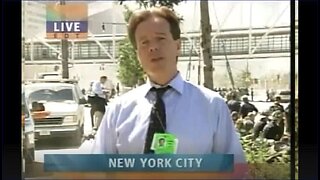 14:34
14:34
Videos from Past
9 months agoNuclear demolition - World Trade Center & SEARS TOWER in Chicago.
93 -
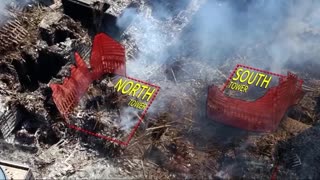 2:14
2:14
Videos from Past
8 months agoWhere is All The Debris From The Towers: Folks,Nuclear-Underground.
79 -
 1:00:28
1:00:28
The Memory Hole
17 days agoThree Mile Island Nuclear Meltdown: The Cover-Up and Tragic Consequences
544 -
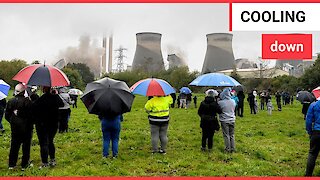 1:05
1:05
SWNS
4 years agoDemolition of four cooling towers at a record-breaking power station
6.37K -
 1:16:03
1:16:03
SICSEMPERTYRANNISNEWS
1 year ago9/11: Explosive Evidence of Controlled Demolition of the Twin Towers and Building 7
4.28K2 -
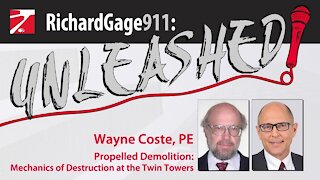 2:23:34
2:23:34
RichardGage911
2 years agoEngineer Wayne Coste: “Propelled Demolition” in the Mechanics of the Twin Towers Destruction
1.39K -
 10:34
10:34
The Truth Expedition
4 months agoThe Truth Expedition - Richard Gage on 9/11 and Building 7 - Controlled Demolition
1.03K -
 0:59
0:59
Ryan McBeth Programming
1 year agoNo, The #Zaporizhzhia Nuclear Plant Will Not Explode
451 -
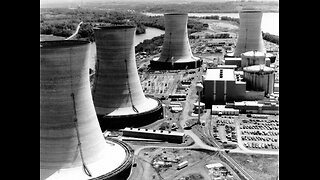 26:50
26:50
The Memory Hole
1 month agoHow Did the Three Mile Island Accident Affect Nuclear Safety in the United States?
5601 -
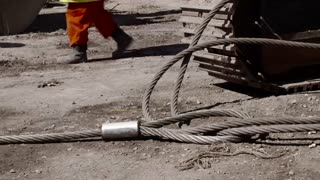 2:22:12
2:22:12
ElisBeyondNormal
6 months agoExtreme Demolitions: Tearing Down Everything | Full Series | FD Engineering
71